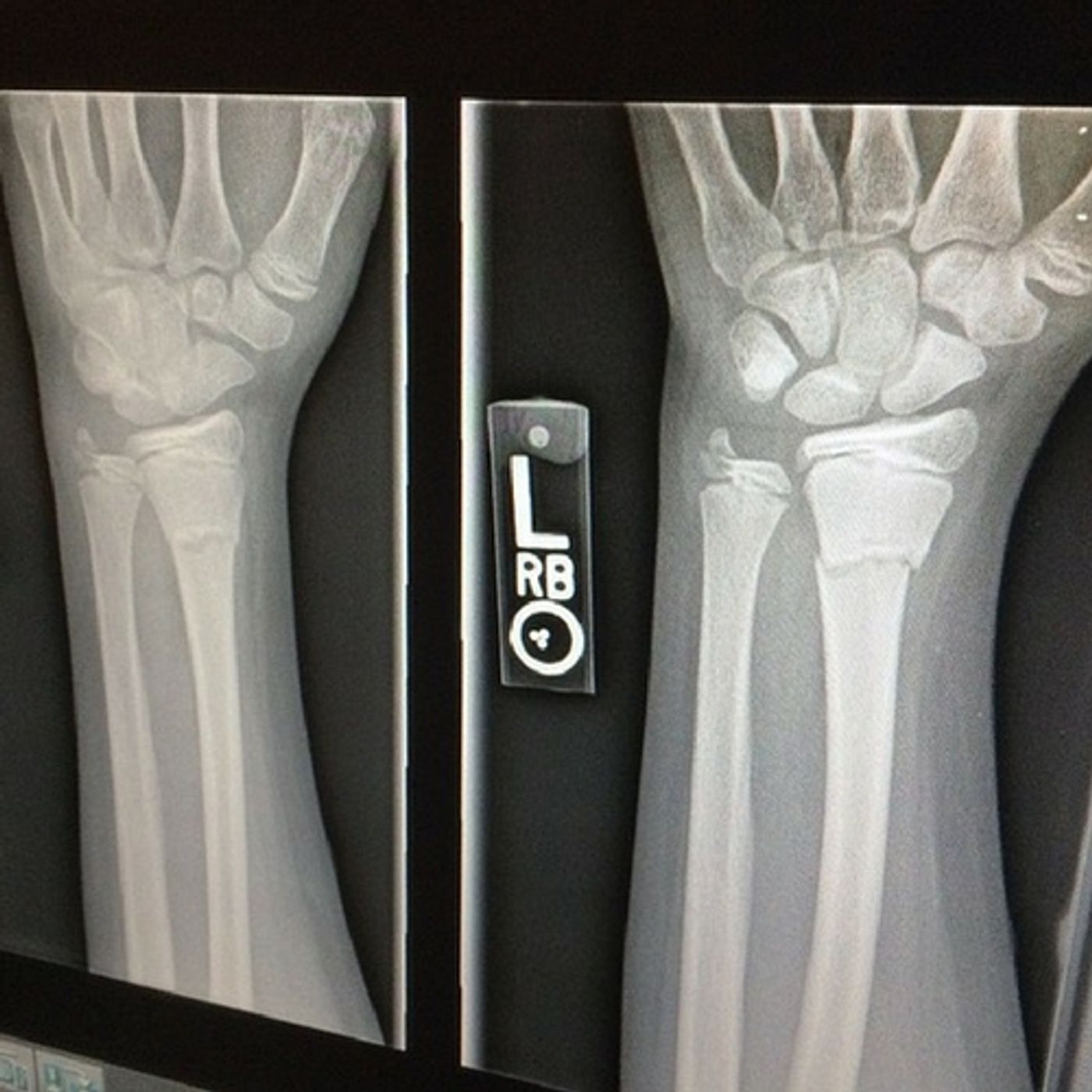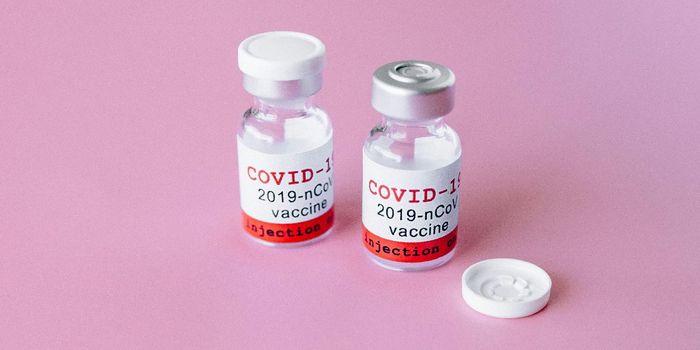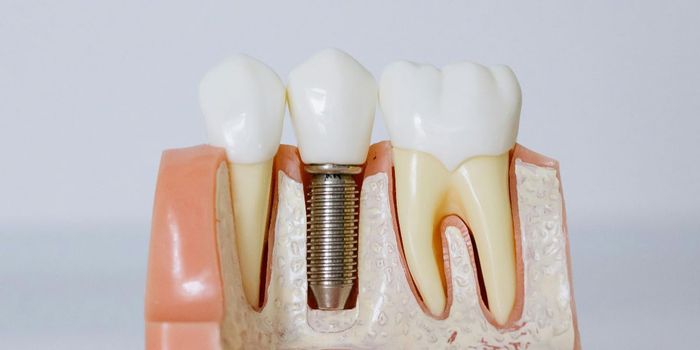Growing Bones in the Lab
Lab-grown organoids are a hot area of research since many health conditions can be investigated in the lab on the created tissue. Research on human tissue is not always ethical or possible. When you can't use the real thing, many times, a model of it will do.
When it's in the lab, for biology and medical research, models of living organs, or "organoids" as they are called, are used for studying some conditions that are not possible to investigate in human patients. Animal research is often used as well, but sometimes results of studies in lab animals do not translate to human trials.
Researchers in Israel have come with a process that can grow bone matter from cells harvested from patient’s fat tissue. Cells from this tissue are separated out and the stem cells isolated. They are placed in a unique environment, which simulates the conditions in the human body that allow bones to heal. The newest method is beyond just bone tissue knitting together, however. When a bone is injured, it's stabilized with a cast or surgery and most times can grow back together. When it can't bone is often taken from other parts of the body or donors, and bone grafts are performed. Growing a bone in vitro is a much better option for several reasons.
In August of 2017, a patient in Israel underwent an injection of lab-grown bone cells into his arm. The patient had been in a car accident, and the bone loss had never appropriately healed despite several surgeries. As part of a clinical trial with the Israeli company Bonus BioGroup in Haifa, the patient had fat tissue taken from his body and prepared in the lab so stem cells could generate bone cells. These were injected into the patient, and while it's still too early to know how successful it will be, more patients are undergoing this kind of therapy, and first reports seem to indicate the process is a promising treatment for bone loss and injury. The procedure in August followed clinical trials in December of 2016 where patients who had lost bone in their jaws had cells harvested to make the material the company calls BonoFill.
It works better than bone grafts because conditions to grow the material can be adjusted to near ideal parameters in the lab. There is no worry of rejection or immune response because the bone tissue is created from the patient's own cells. In December of 2017, another surgery, this time on a patient who had bone loss in the tibia from injuries suffered in a car accident, also showed promising results. Prof. Nimrod Rozen, head of the orthopedic ward at HaEmek Hospital in the northern Israeli town of Afula completed the procedure on a patient. He explained to Israeli news outlet Yedioth/Ynetnews, quoted in the Times of Israel, "Our patient arrived with a missing part in his shinbone that his body could not regenerate on its own. In the surgery I transplanted the cells we extracted from him two weeks ago, and within six weeks the bone will regrow itself, and his shin will function normally again. This surgery is truly science fiction; it changes the entire game in orthopedics. Today I have the ability to grow any bone in a lab."
The team in Israel hopes that the technology can be used in cancer patients who have lost bone to amputations, in the elderly who suffer from osteoporosis as well as patients who suffer traumatic injuries. The video below has additional information, check it out.
Sources: Israel 21C, Times of Israel, Bonus BioGroup









